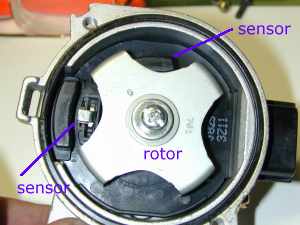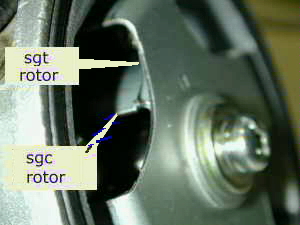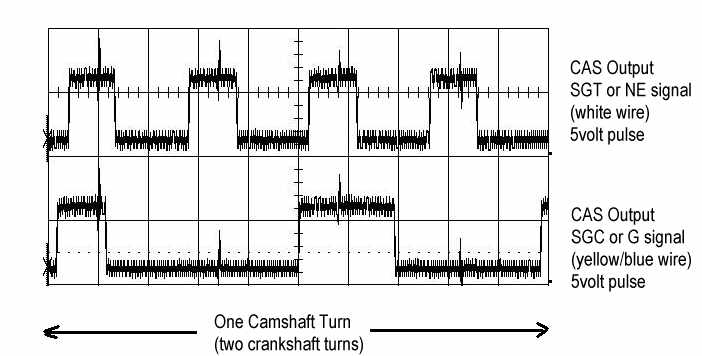CAS,
The Cam Angle Sensor for a 1994 miata
The CAS unit sits on the back of your motor and is spun by one of the camshafts, . Its job is to signal the position of the pistons in the motor.
Looks likeMazda buys them from Mitsubishi, as there was a Mitsu logo on this one.
The CAS is not the same on the 90-93 1.6 miata and the 94-97 1.8 miata. They are located in different positions on the two engines.

90-93 Miata -left side of valve cover
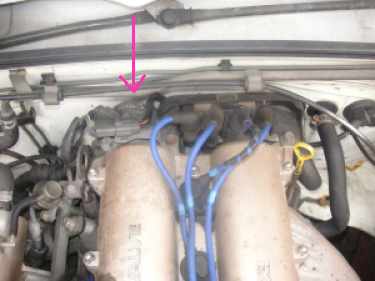
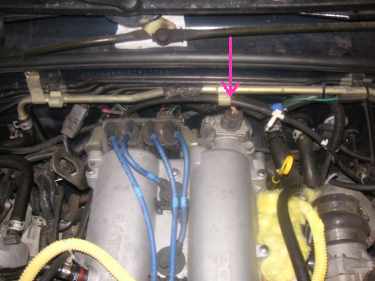
I have not verified for myself that the CAS units between the two engines can be interchanged. Electrically, I believe they will work, but the shape of the CAS body differs. Some people say they have mixed them successfully.
The two different CAS do have a different internal construction. The 94-97 models use magnetic sensors. The 90-93 model uses an optical sensor. Here is a breakdown of the magnetic sensor design.
